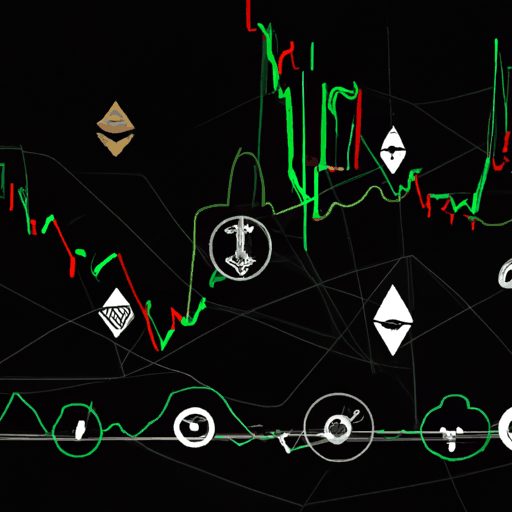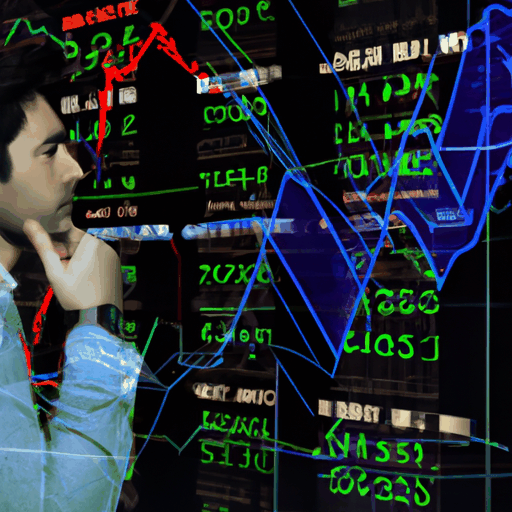
Bitcoin Volatility Escalates Amid Economic Uncertainty
By: Eva Baxter
Bitcoin's volatility has surged to notable heights, reaching 3.6% on March 19, marking the highest volatility point since August 2024. This rise in fluctuations comes amid a backdrop of significant market uncertainty, largely driven by evolving economic policies within the United States. According to data from CoinGlass, this surge in volatility reflects a period of heightened apprehension for traders who are pricing in a variety of potential economic outcomes.
The core driver behind this uncertainty appears to be structural unknowns facing the U.S. economy. As highlighted by Uldis Tearudklans, Chief Revenue Officer at UK-based cryptocurrency exchange Paybis, the current policy landscape is becoming increasingly complex. The introduction of Elon Musk’s Department of Government Efficiency reflects efforts to curtail government spending. While this initiative enjoys bipartisan support, its broader economic implications, especially concerning employment and consumer demand, are still unfolding and remain difficult to fully quantify.
The macroeconomic environment is also compounded by other significant concerns such as a brewing trade war and fears of U.S. stagflation. Investors are navigating a challenging landscape as the interplay of fiscal contraction possibilities and geopolitical tensions adds layers of unpredictability to market dynamics. This elevated uncertainty has magnified cryptocurrency market volatility, leading to substantial price swings in Bitcoin and possibly influencing broader asset classes.
Amidst these developments, traders and investors must remain vigilant, continually reassessing their strategies in response to the changing policy and economic environment. The cryptocurrency sector, characterized by its inherent volatility, demands careful observation of macroeconomic trends as participants brace for potential market impacts.



